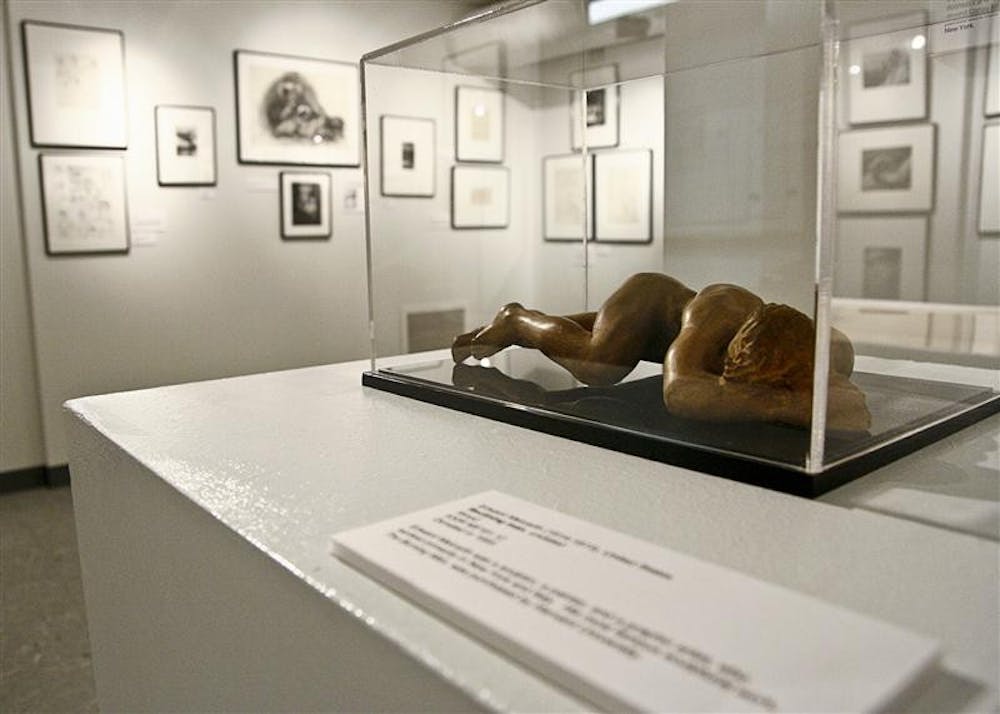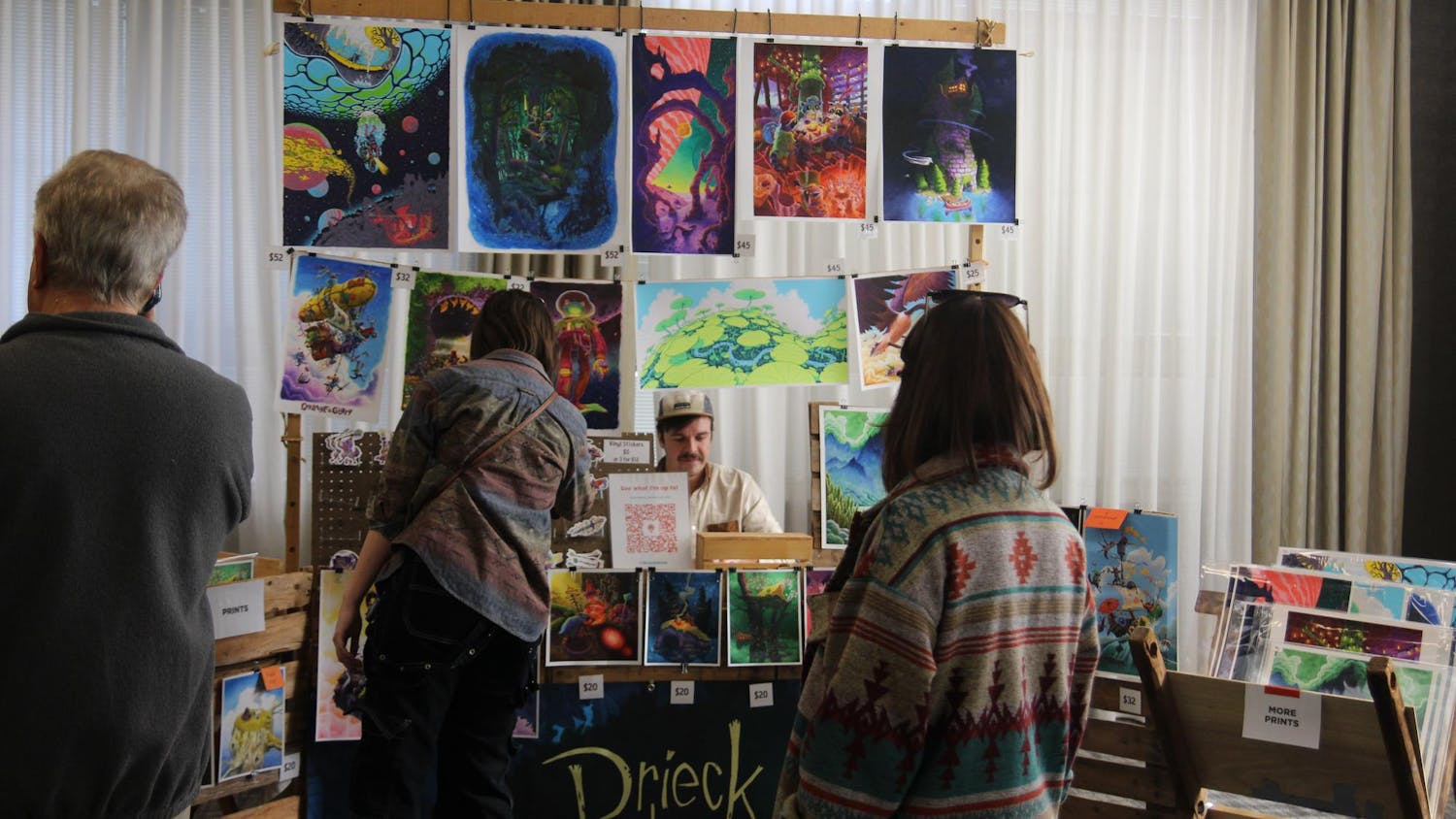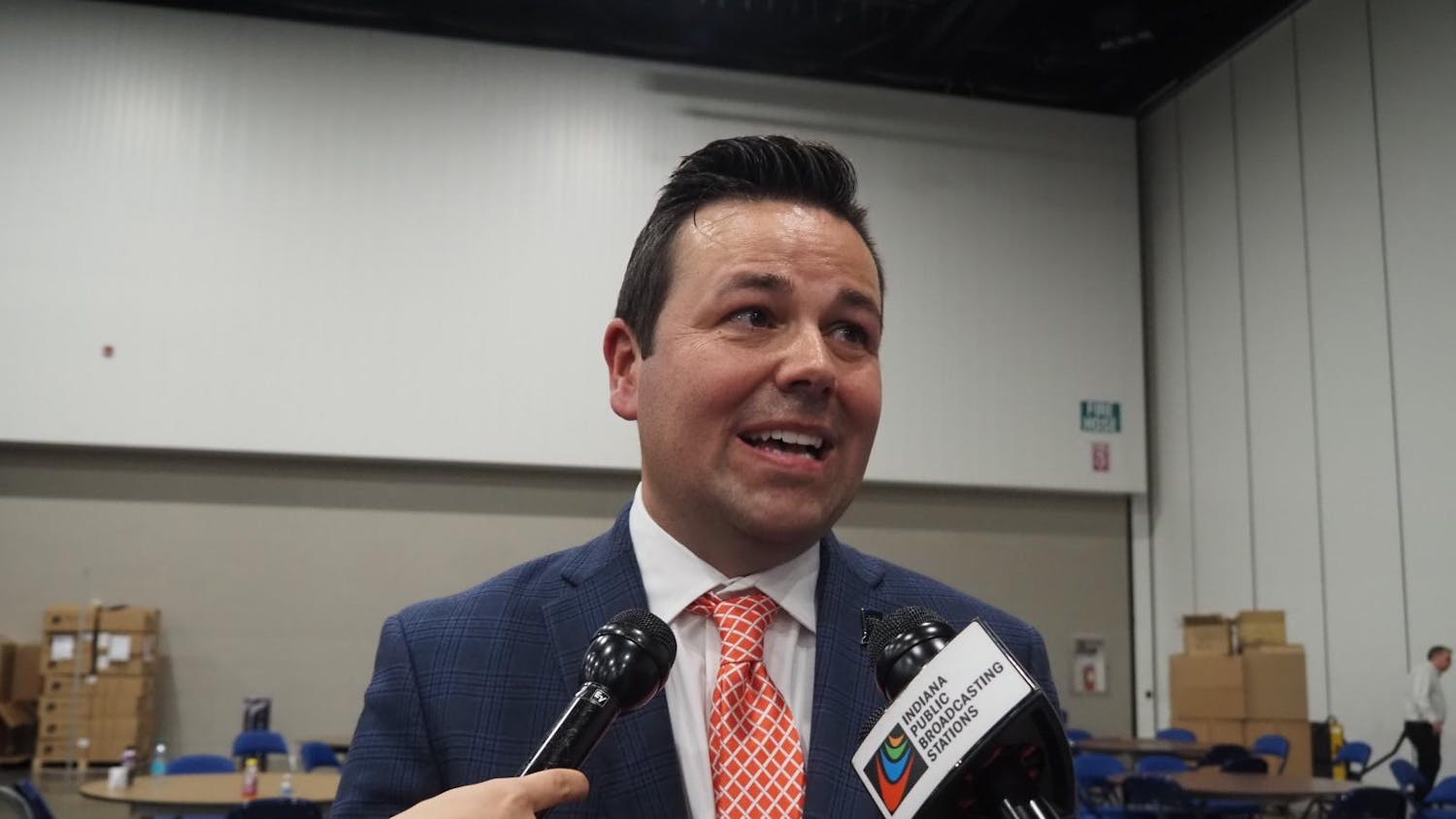On June 27, 1969, a routine police raid on a gay bar in New York became the catalyst for the modern gay rights movement. The Stonewall riots redefined the gay, lesbian, bisexual and transsexual culture, but few know that there was a strong underground gay presence in the United States in the 1930s and 1940s.
The Kinsey Institute’s newest exhibit, “Pre-Revolutionary Queer: Gay Art and Culture Before Stonewall,” features artwork, photographs, old newsletters, magazines and other materials to showcase this vibrant, unseen GLBT culture: buff bodies and provocative poses mixed with what Douglas Bauder, director of the GLBT Center, calls “crying out to be recognized, to say we are also a part of this world, and our expression of sexuality is as legitimate as other people’s.”
Most of the pieces in the show are from the Kinsey Institute’s archives, and were collected by Alfred Kinsey during his travels across the country for his research.
“Kinsey has always been a safe haven for art that otherwise might not have been preserved,” said curator Catherine Johnson-Roehr.
The exhibit features works by many artists, including Paul Cadmus, George Platt Lynes, Sam Steward, Jean Cocteau, Etienne, Tom of Finland and Al Urban.
Johnson-Roehr said the Kinsey staff considered putting together a show with this theme for the last half year because there were so many pieces from the time period in the Institute’s archives.
Johnson-Roehr, assistant curator Garry Milius and graduate student Anna Simon put together the exhibit during the last three months by going through the archives and borrowing pieces from other galleries.
“This exploration is exciting because you are looking at this large and diverse collection with a very specific idea in mind,” Milius said.
Johnson-Roehr said the concept of “Pre-Revolutionary Queer” refers to how the gay community expressed itself during a time when being gay was socially unacceptable.
“GLBT people are visible today, but it’s a very different world today than it was before 1969,” she said.
Most of the art featured in the exhibit was either never shown publicly or was published in bodybuilding and physique magazines. Some of the objects in the show include paintings and sketches, magazine covers and an old napkin from San Francisco’s first lesbian bar.
Though the Stonewall riots were not the first time the gay community stood up for itself, Johnson-Roehr said it is the point people refer to when talking about gay rights.
Bauder acknowledged the many forces of change sweeping the nation at the time, such as the Civil Rights Movement and the Vietnam War. He also emphasized that while the works themselves were aesthetically appealing, the importance of “Pre-Revolutionary Queer” was its historical and social perspective.
“It’s important for IU students to see the show to understand an unfamiliar culture, to look at gay culture and history and to really understand sexual diversity,” he said.
Bauder said students forget that Professor Kinsey walked this campus 50 years ago.
“I’m not so sure one individual has so shaped our thinking about sexuality as Kinsey,” Bauder said.
He encourages students to take a look at the Kinsey Institute itself as an IU “hidden gem.”
‘Pre-Revolutionary Queer: Gay Art and Culture Before Stonewall’
When: Gallery hours are 2 to 4 p.m. Monday through Friday, and the exhibit will be on display until Feb. 14, 2009.
Where: Kinsey Institute Gallery,
Morrison Hall
More info: The gallery is also open by appointment. For more information, e-mail kinsey@indiana.edu.
Kinsey exhibit explores 'Pre-Revolutionary' gay culture, diversity

Get stories like this in your inbox
Subscribe





